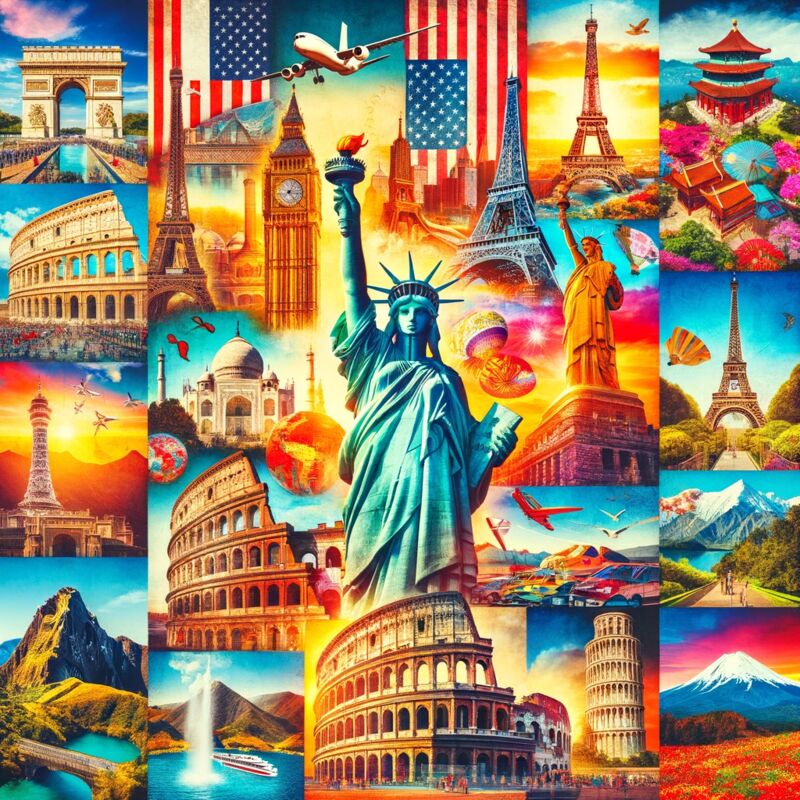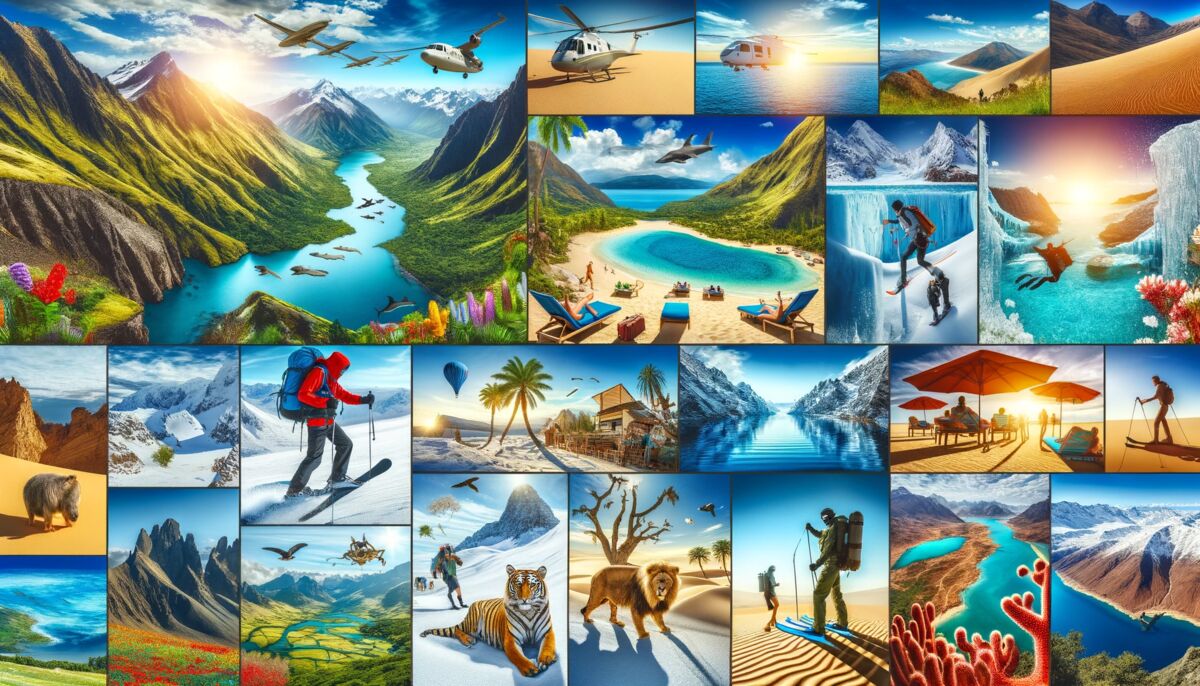Essential Travel Information for Argentina
Argentina, the land of tango, wine, and breathtaking landscapes, beckons travelers with its vibrant culture, natural wonders, and culinary delights. Planning a trip to this South American gem requires some essential travel knowledge to ensure a smooth and memorable experience. From obtaining the right documents to understanding the best travel times, this guide provides practical tips and key facts for tourists.
Visa Requirements and Entry
Before you travel, it's crucial to check whether you need a visa to enter Argentina. Visitors from numerous countries can enter visa-free for tourism purposes for up to 90 days. Travelers should possess:
- A passport valid for at least 6 months beyond the date of entry.
- Return or onward journey tickets.
- Proof of accommodation and sufficient funds for the stay.
Visit the official Dirección Nacional de Migraciones website for the latest entry requirements.
Best Time to Visit
Argentina is a year-round destination, but timing your visit depends on the activities and regions you're interested in.
- Spring (September to November) and Autumn (March to May) are ideal for mild weather and fewer crowds.
- Summer (December to February) is perfect for Patagonian adventures but expect higher temperatures and more tourists.
- Winter (June to August) is ski season in the Andes and a quieter time for visiting Iguazu Falls.
Language and Communication
Spanish is the official language of Argentina. Although many people in tourist areas speak English, learning some basic Spanish phrases will enhance your travel experience.
Greeting: "Hola" (Hello)
Thank you: "Gracias" (Thank you)
Yes: "Sí" / No: "No"
Please: "Por favor"
Textured Spanish words and Argentine slang, known as lunfardo, are prevalent, so don't be surprised by the unique local expressions!
Money and Expenses
The Argentine Peso (AR$) is the currency you'll use during your stay. Financial logistics in Argentina can be a bit complex due to fluctuating exchange rates and economic instability.
- Credit cards are widely accepted, but cash transactions might help you secure better deals, particularly in local markets.
- It's advisable to carry small denominations of currency.
- ATMs are available but often have withdrawal limits and may charge high fees.
- Inform your bank about your travel plans to prevent card blockage due to unusual foreign transactions.
Transportation
Getting around in Argentina is facilitated by its vast array of transportation options. Long-distance buses are cost-effective and widely used, allowing access to remote regions. Domestic flights are frequent between major cities, and Buenos Aires, the capital, offers a convenient metro service called the Subte.
- Always book bus and plane tickets in advance, especially during peak seasons.
- Renting a car can offer freedom to explore, but be prepared for the diverse driving conditions.
- For in-city travel, taxis are plentiful, and ride-sharing apps are operational.
Health and Safety
Generally, Argentina is a safe destination with a good standard of healthcare. However, travelers should take some common-sense precautions to avoid any issues.
- Have comprehensive travel insurance that covers medical expenses and repatriation.
- Inoculations are not usually required, but vaccinations like Yellow Fever may be necessary if visiting certain provinces.
- Drink bottled or filtered water, especially in rural areas.
- Be vigilant in busy tourist areas to prevent petty theft.
Accommodation
From luxury hotels in the city to cozy bed and breakfasts in the mountains, Argentina boasts accommodation for all tastes and budgets.
- Booking in advance is advisable, especially in tourist hotspots like Buenos Aires and Bariloche.
- Consider staying in the vibrant neighborhoods of Palermo or Recoleta in Buenos Aires for a local experience.
- For those seeking adventure stays, Patagonia offers lodges and cabins with stunning nature views.
Cuisine and Dining
Argentine cuisine is a feast for the senses, well-known for its premium beef and delicious wines. Embrace the late dining culture, as many locals eat dinner around 10 PM or later.
- Sample the famed Argentinian steak at a local parrilla (steakhouse).
- Don't miss out on empanadas, choripán, and dulce de leche desserts.
- Explore the wine regions of Mendoza and Cafayate for vineyard tours and tastings.
Quick Tips
- Electricity: Argentina uses 220V, 50Hz. Plugs are Type I. Bring a power adapter if necessary.
- Tipping: Tipping is customary in restaurants (10%) and for other services.
- Dress: Wear layers to adapt to the varying climates throughout the day.







